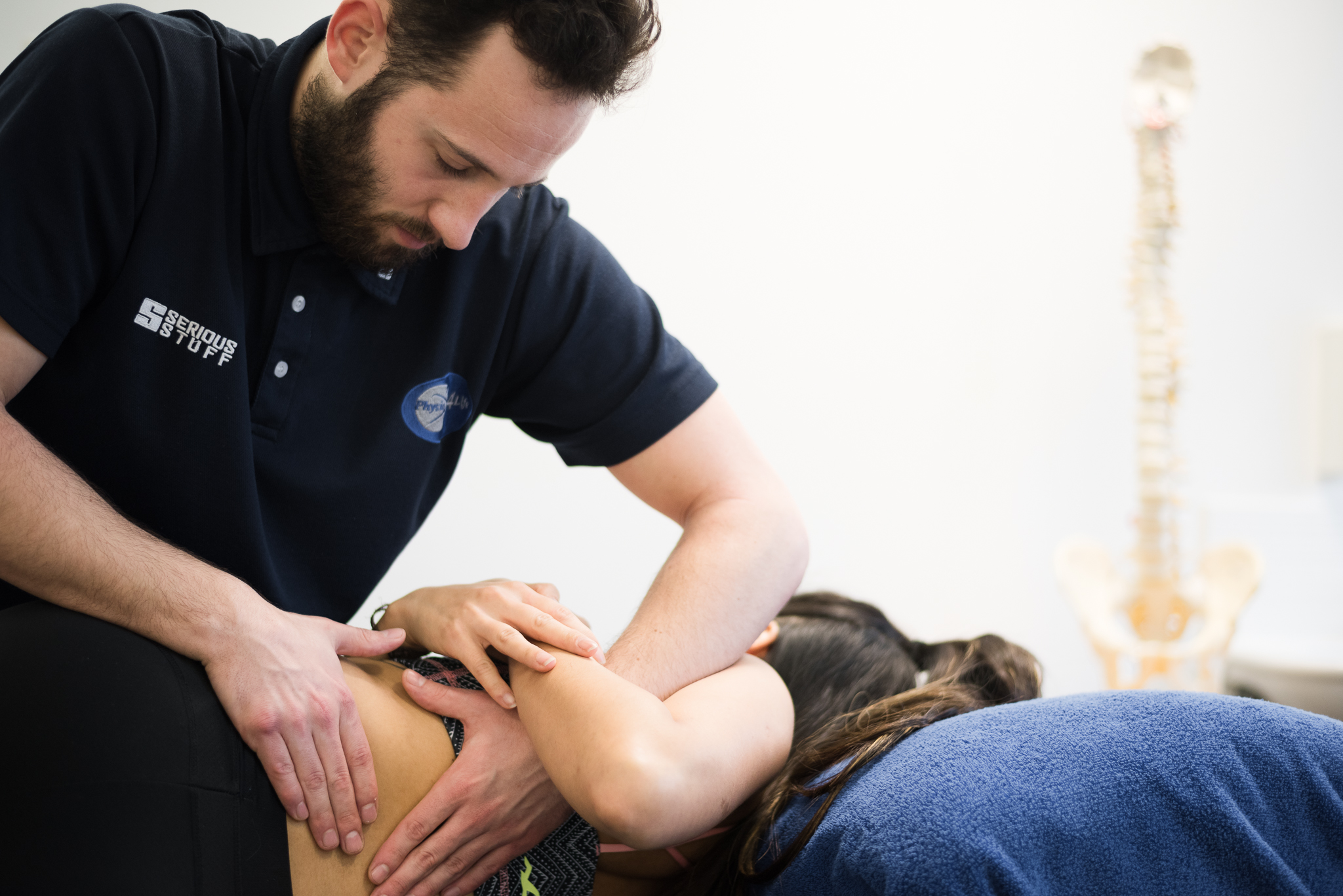
INJURY TITLE
Nerve entrapment pain in the hamstring area
INJURIES AT PHYSIO 4 LIFE
Our highly trained physiotherapists have years of experience in diagnosing and treating a wide range of injuriess, ensuring that you receive the best possible care tailored to your specific needs.
There are several reasons why you should choose Physio 4 Life for your injury treatment:
- Same day appointments
- Expert specialists
- Excellent facilities and on-site rehabilitation gym
- Long opening hours and open 7 days per week
- We work with all major insurance companies (more information here: https://www.physio4life.co.uk/private-insurance/)
INJURY OVERVIEW
The hamstring muscle group receives its nerve supply from various parts of the ‘sciatic’ nerve. You may be familiar with the term sciatica. Obstruction of the sciatic nerve anywhere along its path (from the lower back to the foot) can result in pain in the hamstring area (back of the thigh).
INJURY IN-DEPTH INFORMATION
The sciatic nerve passes from the spine via some of the muscles in your buttocks (piriformis) then it passes underneath your hamstring muscles in the back of your thigh. It must be remembered that nerves require a lot of blood to function properly and this vast amount of blood enters the nerve in a low-pressure system. The significance of this is that only a relatively small obstruction to this blood flow is needed to cause problems in its delivery. If the delivery of blood to a nerve is obstructed, it can lead to pain in the areas that nerve gives signals to.
In the absence of pins and needles or numbness, it is more likely that the soft tissue that the nerve travels in is the problem, but this too can cause pain in the hamstring area.
COMMON SIGNS & SYMPTOMS
- Pain in the hamstrings (could include pain in the back, buttocks, calves and feet)
- Pain likely to be very well defined
- Possible inclusion of pins and needles
HOW IS IT ASSESSED
- Clinical examination to eradicate all other causes of pain
GENERAL TREATMENT
- Manual therapy to help release all probable and possible areas that could be catching the nerve
- Exercise therapy aimed at improving the way the nerve moves
- Manual therapy aimed at mobilising the joints in the back
- Possible use of taping to help off load some of the pressure on the nerve
SIMPLE EXERCISES
- Rotator cuff strengthening
- Pec stretch



